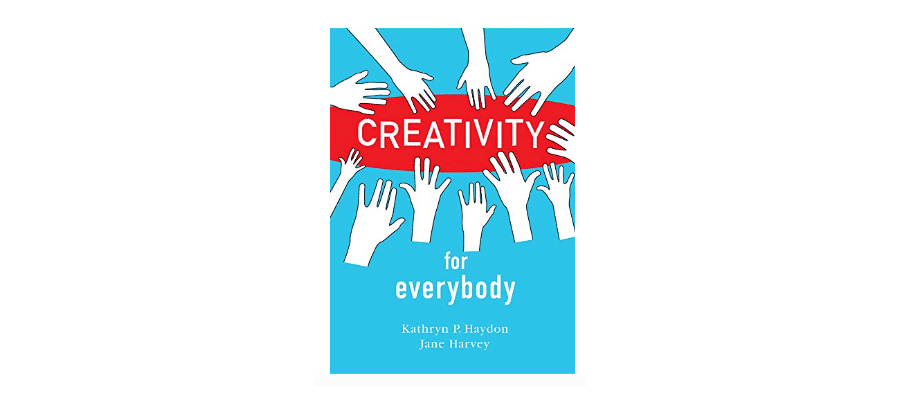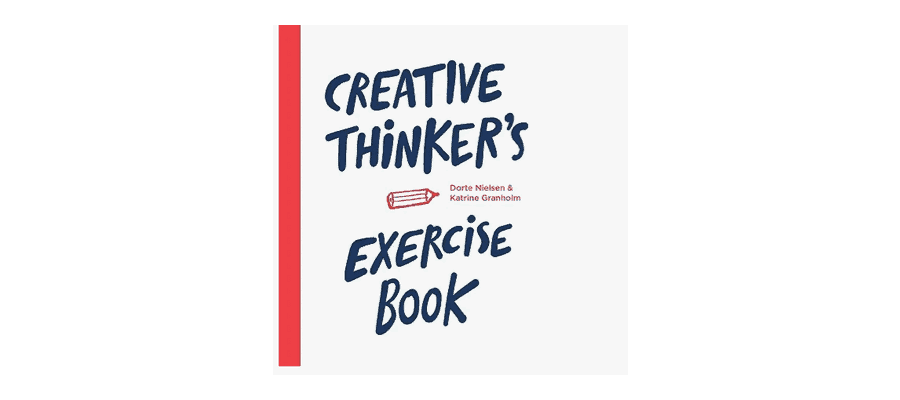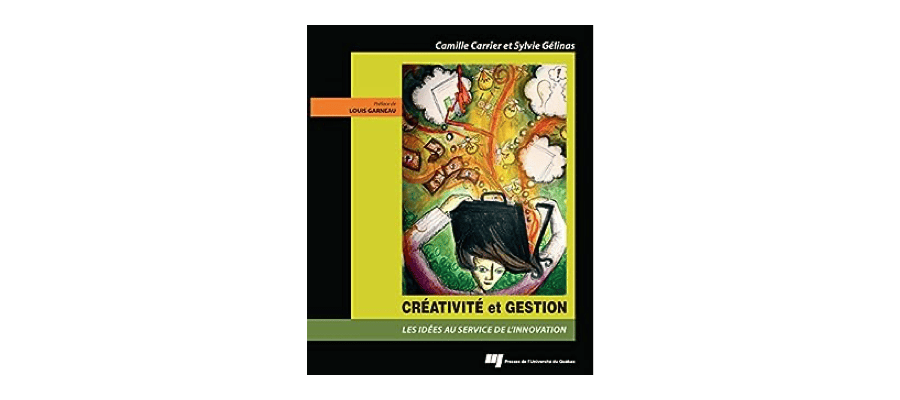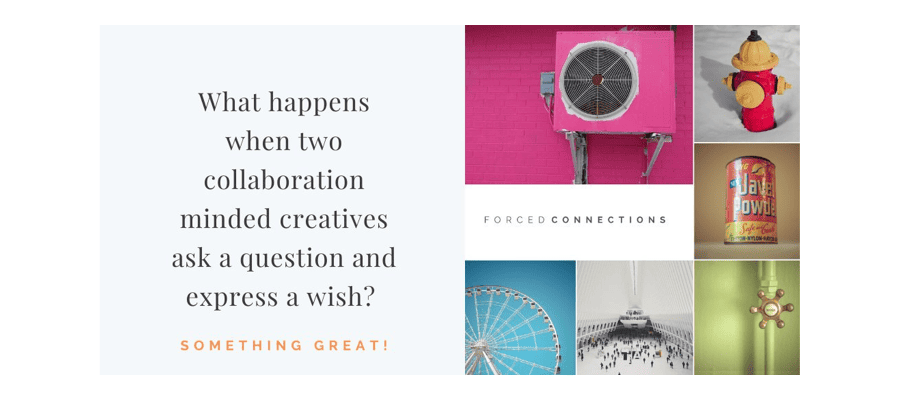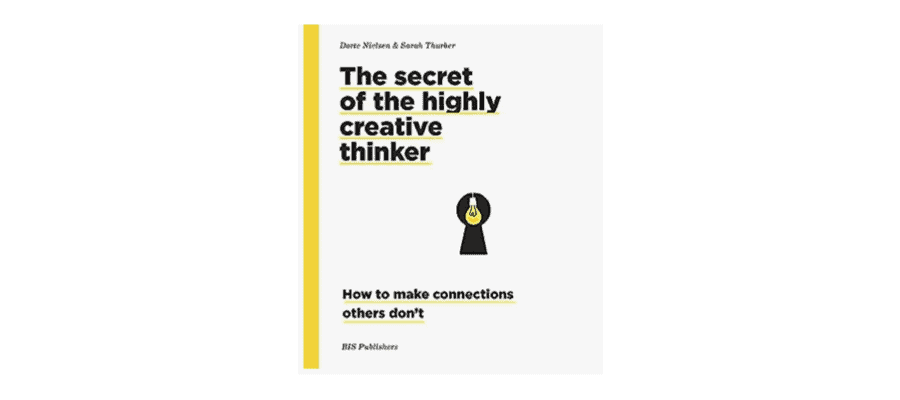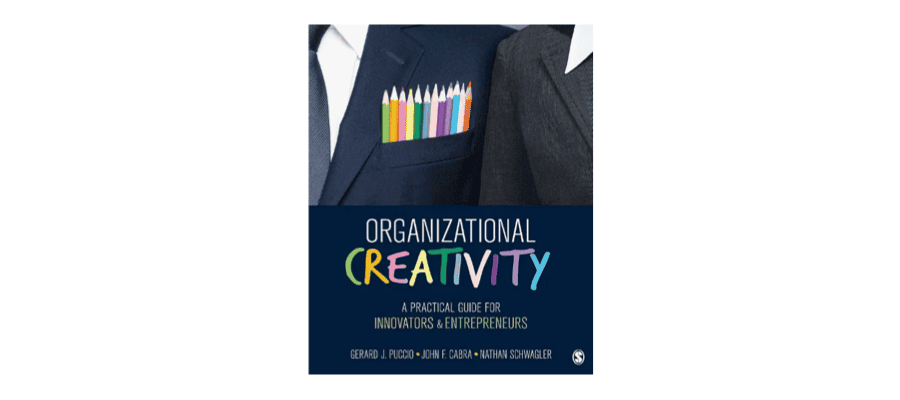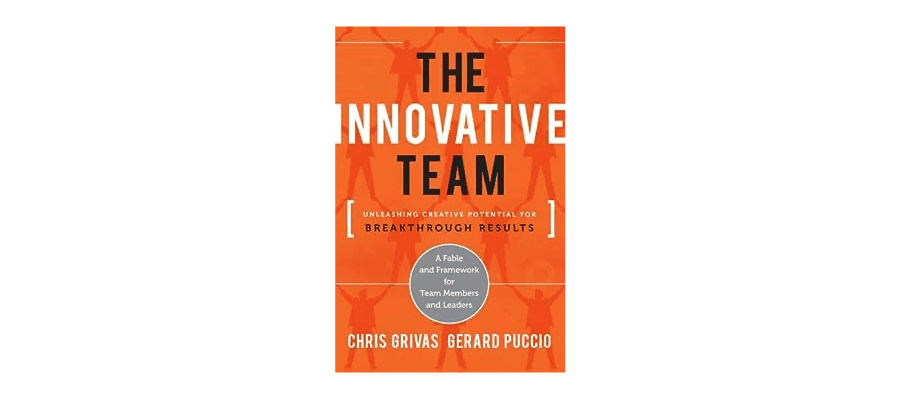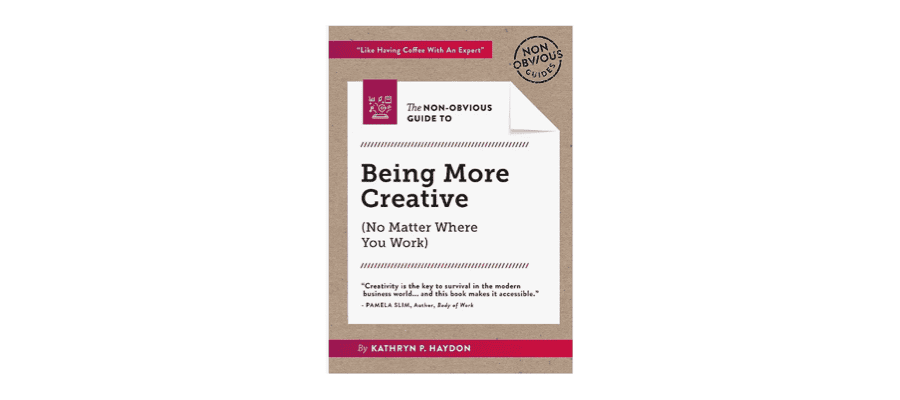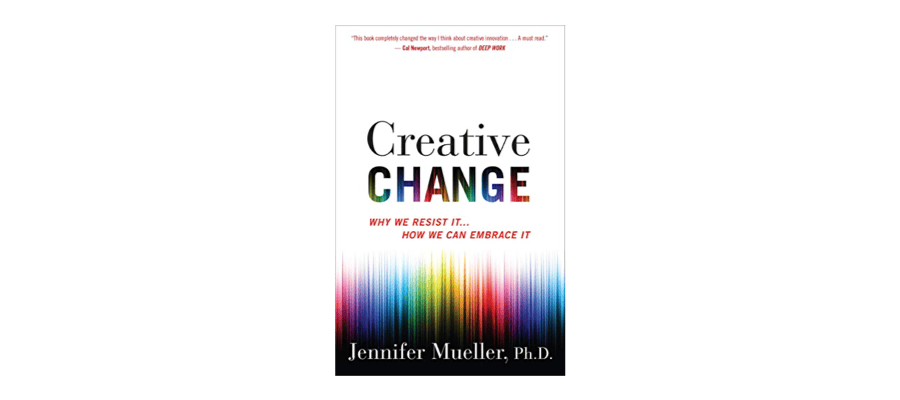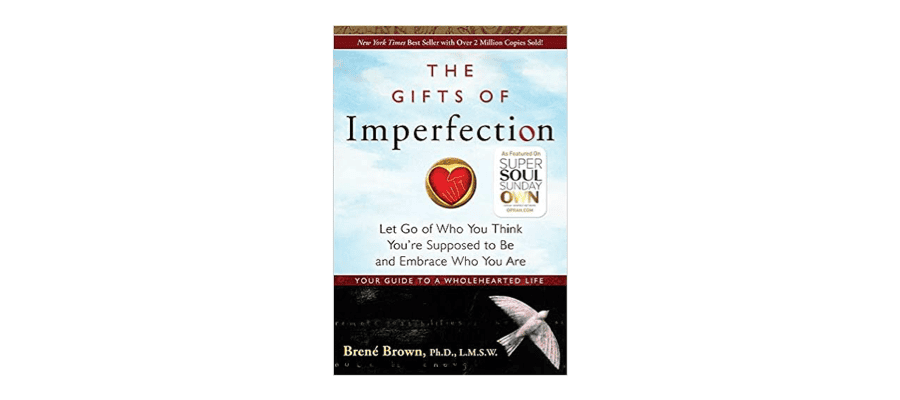How to Develop Innovative Thinking
To answer the question how to develop innovative thinking, you need to also develop your creativity.
How to develop innovative thinking
To answer the question how to develop innovative thinking skills you need to also develop your creativity. In this blog we’ve pulled together a reading list to help you get started. The list was built through the body of work coming from thought leaders and graduates from the International Center for Studies in Creativity, and through recommendations of our team members. A number of these books are available in multiple languages. Between us, we’ve read them all and are confident in suggesting them to you.
Here are some fun facts about creativity
- 78% of college-educated workers over 25 wish they had more creative ability.
- 94% of hiring managers consider creativity when hiring job candidates. Creative applicants are preferred, 5-to-1.
- CEOs identify creativity as the #1 leadership quality needed for success.
- LinkedIn Learning revealed in 2019 that creative thinking was the number one skill employers are looking for in employees, based on over 20 million job postings.
Sources: Seeking Creative Candidates: Hiring for the Future, Adobe. September 2014. | IBM 2010 Global CEO study | LinkedIn Learning; with thanks to Kathryn Haydon for pulling these stats together. Clearly, given the above statistics, being creative gives you a big edge over others in the workplace. Being creative at work doesn’t have much to do with knowing one’s way around an artist’s palette, writing bestsellers, or making fabulous wood carvings. It does, though, have a lot to do with how to develop innovative skills.
[Read also: How to bring innovation to a company and Is your team afraid to fail at innovation?]
How to develop innovative thinking
Creativity fuels innovation—it’s what drives creative thinking and makes it possible to think beyond the obvious, to see connections others don’t, and come up with novel ideas and solutions to innovation challenges. So, if you want to know how to become an innovative thinker, you’ll need to know something about creativity first.
Here's how I define creativity:
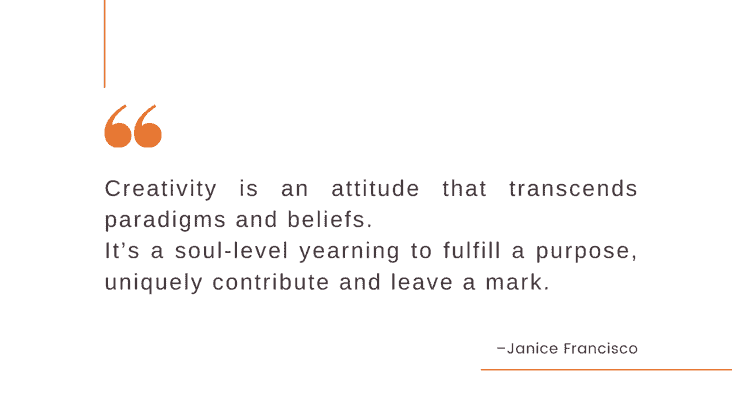
You can leave your mark on your company or your community through your ideas—your contribution to innovation. Creativity is also about the attitudes we have, the beliefs we hold, and the ways we think. As much as people want to be creative, many think they aren’t. So, if you want to develop innovative thinking you may need to change some of your beliefs about how you’re creative.
Here's the good news
Research shows us that all people are creative. And, regardless of our level of ability, creativity can be enhanced—it is teachable, and it improves with practice. The 78% of college-educated workers whose education didn’t include how to access their creativity can take heart.
One easy and very accessible method to answer the question how to develop innovative thinking is to learn about creativity and creative thinking through the many books available on the topic. Not only can books teach you what it means to be creative; reading books on topics outside of your field—or just on a wide range of topics—can make you more innovative as well. As my colleague, and teacher, Dr. Roger Firstien notes in his article:
Don’t Be A Slug. Read Weird Stuff, reading articles and books outside of your field can expose you to new information and thoughts and help you spot the trends of the future.
At TouchPoints Learning and Innovation we are very fortunate to be connected to a unique group of creativity and innovation researchers and experts associated with the International Centre for Studies in Creativity. Many graduates have written books that help individuals understand the nature of creativity and develop their creative thinking skills.
So, on that note, here is my reading list to help you enhance your creativity and gain insight into how to develop innovative thinking. (Click on the author link or cover image to purchase the book on Amazon.)
1Creativity for Everybody
Author: Kathryn P Haydon & Jane Harvey
In business, education, and our personal lives, we achieve innovation and progress through creative thinking. This innovative book sets the stage for growth, and empowers you and those around you to use fresh thinking and problem solving at home, at school, and at work.
2Creative Thinker's Exercise Book
Author: Dorte Nielsen & Katrine Granholm
This exercise book strengthens your ability to recognize connections. The exercises are based on the theory of the book The Secret of the Highly Creative Thinker, as well as observations in neuroscience, and seventy years of creativity studies.
3Créativité et gestion: Les idées au service de l'innovation
Author: Sylvie Gelinas & Camille Carrier
Créativité – Si le mot est de tous les discours, concrètement, les moyens pour faire ressortir et exploiter le potentiel créatif des employés sont rarement intégrés à la réalité quotidienne des entreprises. Bien plus qu’un simple guide pratique, le présent ouvrage propose un ensemble de clés et d’outils aux gestionnaires qui veulent capitaliser sur l’intelligence créative des membres de leur équipe. Comment détecter les personnes créatives dans l’organisation ou en recruter ? Existe-t-il des méthodes pour réfléchir autrement ? Quelles sont les pratiques à adopter pour cultiver la créativité ? Comment identifier et exploiter de nouvelles occasions d’affaires ? Ce livre vous accompagne pas à pas pour trouver les réponses à ces questions.
4Forced Connections
Author: Michael Kobrin & Janice Francisco
If your brainstorming sessions are starting to feel predictable and uninspiring, or you’re having trouble generating novel ideas, Forced Connections may be just the solution you need! Forced Connections is a visual thinking tool that triggers new and unconventional ways of thinking. With over 30 original photographs from Kobrin Photography and inspiring quotations, it will give you and your team the inspiration to discover exciting, innovative, and at times, surprising new ideas.
5The Secret of the Highly Creative Thinker
Author: Dorte Nielsen & Sarah Thurber
People who are good at having ideas are good at seeing connections. Could teaching people to see connections be a way to help them be more creative? Supported by the latest neuroscience, this book gives you hands-on advice on how to enhance your own creativity. You will find it an inspiring combination of theory, techniques, anecdotes and exercises to help you access better ideas and bigger breakthroughs.
6Organizational Creativity
Author: Gerard Puccio, John Cabra & Nathan Schwagler
Arguing that creativity is an essential skill that must be developed, the authors take a highly practical approach, providing strategies, tools, and cases to help readers hone their creative abilities. Whether students are preparing to become entrepreneurs or to work in an established firm, this text will help them survive and thrive in an era of innovation and change.
7The Innovative Team
Author: Gerard Puccio & Chris Grivas
In this book, the authors introduce a uniquely effective set of tools built on FourSight, a measure of problem-solving preferences field-tested by top consultants, which can help anyone from professionals to novices solve problems and achieve performance breakthroughs. FourSight enables teams to understand their patterns of thinking and manage themselves more deliberately toward accomplishing a goal. The Innovative Team offers a great resource for management and leadership development professionals, team leaders, and anyone interested in kick-starting innovation in their workplaces and lives.
8The Non-Obvious Guide to Being More Creative at Work
Author: Kathryn P. Haydon
Why do some people seem more creative, and how can you be one of them? How can you have a continuous flow of actionable new ideas at work? What does it take to think differently when you are surrounded by people who don’t?
If you’ve ever asked yourself any of these questions, or you’re being asked to be more creative at work, this guidebook gives you answers and practical, immediately actionable advice for bringing your creativity to work.
9Creative Change, Why we resist it, How we can embrace it
Author: Jennifer Mueller, Ph.D.
Creativity is necessary to driving innovation and innovation is all about change. Our team member, Helene Cahen recommends this book. Helene writes:
This book so well addresses what I found to be the hardest obstacle to innovation: a culture and an environment that does not support change.
In her book, Creative Change, Jennifer Mueller describes a common paradox around innovation. On one hand, organizations acknowledge the complexity of the challenges they have to solve and that creativity is needed more than ever; on the other hand, while organizations can and do generate new ideas, they rarely are implemented because of the resistance to actually embracing the changes that the execution of the ideas will bring. Her premise is that “our ability to generate creative ideas far outpaces our ability to truly embrace them” (p.xi).
Dr. Mueller’s recommendation is to create awareness at the individual, leadership and organizational level about the biases that exist when considering new ideas. She describes how the “how/best” mindset, which is the most frequently used mindset in organizations, focuses on evaluation and data but that it is critical to also consider the “why/potential” mindset where one consider why the ideas may have potential and consider possibilities for making it possible to implement. This ultimately becomes a better way to “manage uncertainty” (p.209) by transforming the culture and leadership approaches.
This is a reading I would definitely recommend to all those working in the innovation space whether a for-profit organization, a non-profit, or academia-focused organization trying to create meaningful change.
10The Gifts of Imperfection
Author: Brene Brown
To wrap up our creativity reading list, I want to share with you a book I recommend often to teams I am working with. Using your creativity takes courage, and vulnerability comes with the territory when you’re learning how to be an innovative thinker. Brene Brown’s book The Gifts of Imperfection provides a bridge to building these skills and offers a powerful and inspiring book that explores how to cultivate the courage, compassion, and connection to embrace your imperfections and to recognize that you are enough.
Learn more about creativity:
- TED Talks has a great stream of videos related to creativity. Here’s one of my favourites: 6 TED Talks that will Boost your Creativity
- Develop your skills through one of our Creativity and Innovation training programs.
Need help developing innovative thinking?
Book a discovery call. Let’s get your team to achieve more than you ever thought possible.



